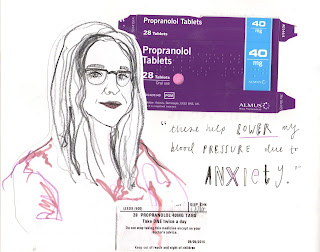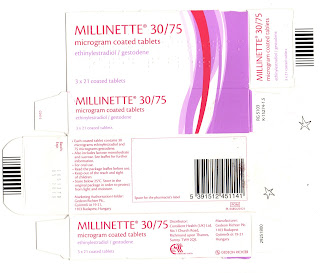I decided to write out a primary research questionnaire to gain an insight on how influences from the media in terms of marketing healthcare/cosmetic products can alter the perception of self.
I initially wrote out 20 questions in hope of gaining a more qualitative response, but then I realised that you have to upgrade to premium on survey monkey to ask more than 10 questions...rightly so though, as people probably would have lost interest after a while.
The highlighted questions are the ones that I chose to put forward:
What is your age?
What is your gender?
What is your occupation?
Scale of 1-10, how would you rate your general health? 1 being extremely unhealthy,10 being extremely healthy:
Scale of 1-10 how would you describe your outlook and attitude in terms of positivity? 1 being extremely pessimistic, 10 being extremely optimistic:
Do you have any long term health conditions, or have you had any long term illnesses/injuries that have disrupted your day-to-day ability to function normally? If so, please state:
Do you currently take any prescribed medicine? If yes, please state (including contraceptive pills):
How much on average do you spend per month on health care/cosmetic products?
List three of your favourite health care/cosmetic products and state why they are favourable:
Would you say that your choice of brand reflects on your personality/values?
When trying out a new product for the first time, what is likely to be the main persuasive factor? Word of mouth/recommendation or influence from advertisements?
In a scenario where you experienced a bout of short term pain such as a headache and decided to purchase an over the counter painkiller, would you be more likely to purchase a well known brand such as Neurofen or a supermarket/pharmacy own brand?
Have you ever been in a situation where you have felt disinclined to buy a particular healthcare products due to its aesthetic appearance?
Do you remember any of healthcare/cosmetic products that you had as a child, or remind you of your childhood? e.g. ‘l’Oreal Kids’ shampoo, ‘Calpol’ etc. Please state:
Please state the most memorable television advert that you have seen which promotes healthcare/cosmetic products, e.g. ‘Aquafresh family song’, ‘Gaviscon- what a feeling’:
Do you have any idols/celebrities that influence the way that you style yourself? If so, who and why?
Are of these icons are associated with any brand of healthcare product that you regularly purchase?
Have you ever experienced feelings of self-consciousness or insecurity in response to advertisements in the main media?
Have you ever received negative comments about your health or general appearance? If so, please state:
Do you currently use any products that you would classify as being ‘dependant upon’? e.g. wouldn’t leave the house without taking/applying it? Please state:
I figured that the more lengthy/qualitative questions would be more appropriate for a one on one interview or something. Nevertheless, I gained 52 responses that were really valuable.
(I plan to read through these in more detail tomorrow as I need to submit my essay by midnight!)

























